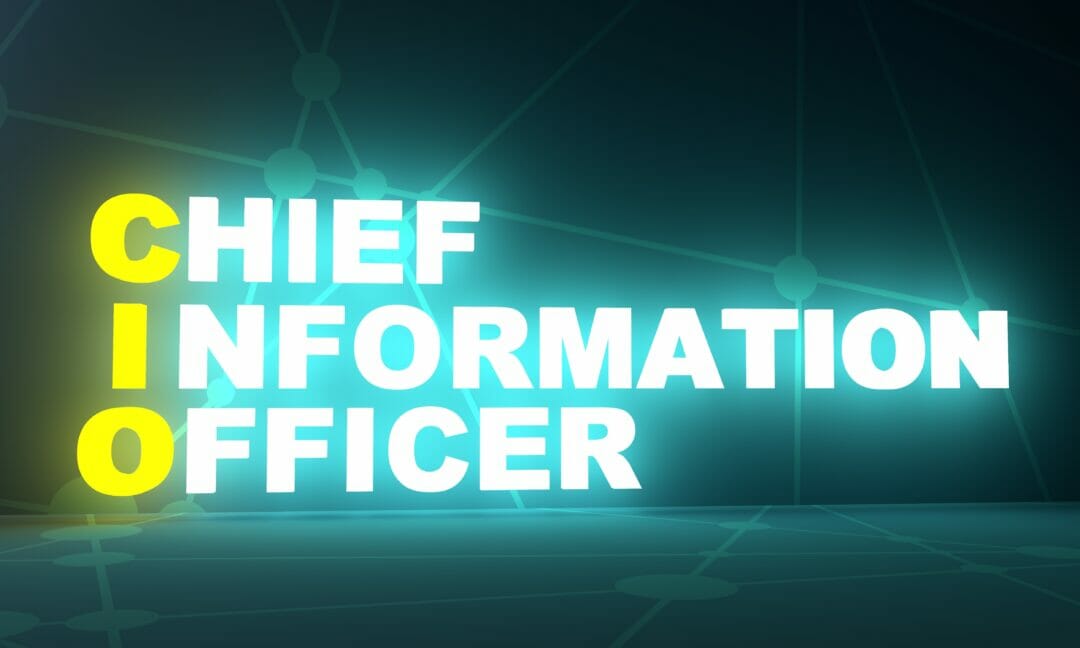The role of the CIO has changed considerably over the years and, perhaps unsurprisingly, continues to evolve as technology becomes a critical part of every business and industry, and moves from enterprise services – productivity, communications, infrastructure, desktop – to business enabling, client-facing, revenue-earning products. That evolution has also seen variations of the job title to differentiate the “new business enabling technology role” from the more traditional “enterprise services CIO” role.
It is not uncommon to see CITO (Information and Technology) or CTPO (Technology and Product) or CDTO (Digital and Technology) appointments being made to emphasise the difference in mandate, business change and business impact.
These changes have been accelerated by the digital transformations and exploitation of innovative technology. Rapid advancements in data, AI, machine learning (ML) and automation technology have led many organisations to see themselves – or their competitors – as a product or technology business and appointments have reflected this move.
The effects of COVID-19
Of course, the pandemic greatly accelerated inevitable digital adoptions, and as a result, we are all more dependent on technology. According to McKinsey, consumers and businesses leapt five years in a mere eight weeks, which has redefined the speed at which future transformation can happen. The resulting shift in business operations and consumer habits means that almost all industries, and organisations are now exploiting some form of digital technology, and there is almost no such thing as a non-digital business.
Technology leaders have been recognised for successfully implementing new technology and digital practices, which better prepared organisations to navigate the challenges presented by COVID-19. Their star is high, and will earn them a greater role in future business planning and transformation. Organisations recognise it is counterproductive to invest in technology without investing in the leaders to manage it or the workforce to use it.
The evolution and advancement of penetration testing under Covid-19
Leading change
The most effective CIOs are not just the most senior technologists in the company, but they are also business strategists, change agents out to improve ways of working, educators and protectors. Uniquely positioned to assess customer experience and operating process data from across the whole organisation, their value is demonstrated not just in the predictable, and reducing, cost of running a stable, secure enterprise estate.
Out to redefine the art of what is possible, change-led CIOs already think in terms of reimagining operating processes and business models. They look to solve problems or identify areas of improvement that will deliver the most impact, such as building better client interactions and creating revenue-generating products or services.
Value in the boardroom
Future success relies on leaders’ digital ability as much as their aptitude for uniting teams and encouraging people to embrace new technology and new ways of working at every level of the organisation. Without the leadership to make new systems and processes work and deliver against business objectives, outlay in innovation quickly becomes a source of future technical debt.
Developing leadership behaviours including emotional intelligence (EQ) will help CIOs to build empathy; understanding the human impact of transition ensures teams feel heard and valued, reduce resistance to change and enables CIOs to build trust. Equally, strong communication skills will enable CIOs to speak in both the languages of data and business and use storytelling to share their vision and secure buy-in from teams and shareholders.
CIOs are also protectorates. With greater concern over business threats, CIOs safeguard their organisations’ assets and future. As well as managing data governance and cyber security, they can add business value by anticipating the opportunities and risks presented by disruption.
Adobe CIO discusses how to ensure a clear tech strategy
The continuing importance and influence of the CIO
Those technology leaders that have successfully defined and delivered the transformation that allowed the business to operate near normally in lockdown will be in extremely high demand as they contribute to overall business resilience. The speed at which digitally-developed businesses adapted to remote working, compared to companies still in their digital infancy, has further underlined the importance of digital investment.
We have previously seen some roles, such as chief digital officers (CDO), created as traditional CIOs, not be considered agile, innovative or responsive enough to adapt to new digital ways of working. However, these roles will soon become obsolete. The shift in operations and customer habits means non-digital businesses will cease to exist and all executives will have digital roles and capabilities. To retain value, the CIO role requires forward-looking visionaries, who are technologically curious in order to keep up with the pace of digital innovation.








